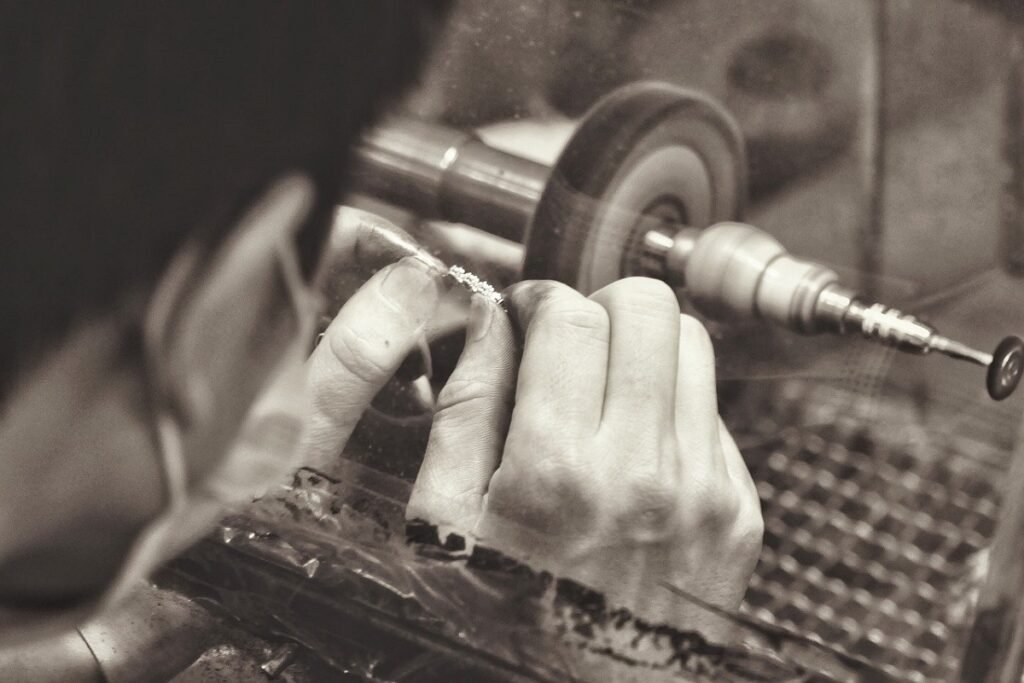What is HRD certification? Whether you’re a veteran jewelry collector or a first-time diamond buyer, it’s likely that you’ve heard of diamond certification. One of the most common and well-known certification-giving bodies for diamonds is the GIA (Gemological Institute of America). Most jewelry collectors trust in this grading, and they tend to base their purchases on the 4Cs.
HRD Certification
However, GIA is not the only diamond certifying body around. In fact, there’s also the HRD certification, an equally legitimate, despite being lesser known grading for diamonds. If you’re looking to buy a diamond with this rating, or you just want to expand your knowledge of what to expect from diamond certifications, here are a few pointers to get started on understanding HRD certification.
What is HRD Certification?
Hoge Raad voor Diamant started the HRD in 1973. The institution’s goal is to certify diamonds and other types of gemstones in Europe. Situated in Antwerp, Belgium, the HRD has been quite notorious when it comes to its grading services. While its credibility is supposed to be at par with the GIA and AGS, many jewelry experts and even customers have observed inconsistencies with the grading.
Some jewelry sources do claim that, for the most part, HRD may be viewed as an authority on gemstones in Europe and other neighboring countries in the area. Similar to other gemstone grading sources, the HRD makes use of certain grading systems and criteria to grant specific ratings to diamonds.
What Does HRD Stand for in Diamonds?
A big movement in the organization of HRD is its coming under the Antwerp World Diamond Centre or AWDC. This institution prides itself for its diamond grading services, education of diamonds, and gemological research.
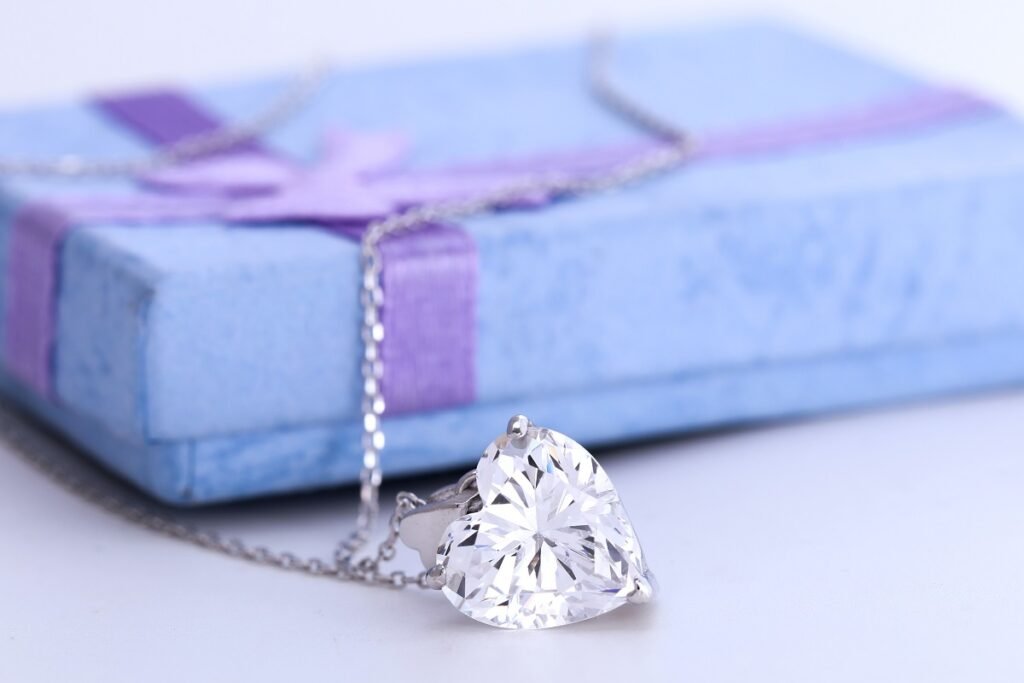
Like other diamond certifying organizations, the HRD tasks itself with validating the quality and value of a diamond. It follows the same criteria by looking at the 4Cs, color, carat, clarity, and cut. Looking at the nuances of these criteria, however, it’s clear that there are differences in how the HRD puts into effect these criteria.
Color
A diamond’s color typically captures the eye of a possible owner. HRD grades diamonds (yes, even lab-grown ones) from D to Z, with D being the most premium for its icy whites and Z being at the lower end of the scale due to a yellowish or brownish color.
For most jewelry collectors, even the avid ones who have a vast collection, it’s hard to tell apart a diamond from color grades near each other. Typically, diamond grades that are too close to each other tend to look identical to the untrained eye. A D versus an E HRD grading may have startlingly different price tags, but up close, they may look quite identical as gemstones.
Clarity
Compared to GIA’s ratings, the HRD’s standards and levels differ slightly. For instance, the highest rating is LC, which means loupe-clean. Even under a 10x magnification rating, LC diamonds do not show any inclusions.
Following that, there are VVS1, VVS2, VS1, and VS2. These have only slight inclusions that are typically seen under magnification and with a trained eye. Five remaining levels, SI1 and SI2, and P1, P2, and P3 complete the lower end of the clarity grading scale. This can range from slight inclusions that can already be seen by the naked eye, to inclusions that can significantly affect the diamond’s brilliance.
Many jewelry collectors tend to highlight clarity as an important criterion. That’s because a higher clarity grade means a rarer diamond. HRD’s unique aspect in clarity grading is its exclusion of external blemishes in the rating. The institution relegates these blemishes to symmetry or polish, where it has more impact in terms of diamond appearance.
Carat
When people hear of “carat size,” they immediately assume it refers to the actual physical size of the diamond. Instead, it defines the weight of the diamond. It’s almost a given for people to want higher carat diamond gemstones. In reality, even a one-carat diamond engagement ring can be quite a brilliant piece of fine jewelry.
It’s good to see carat size as a starting point when looking for a jewelry piece. The other C’s can easily change how your chosen ring will look, so make sure to allot a part of your budget there. Carat size measurements go across the board, so there’s little to no difference in this category, regardless of what kind of stone you have.
Cut
In terms of cut, the HRD looks at three areas to comprise the full grade, namely, the symmetry, the proportions, and the polish. Each of these subgrades have a five-point rating, from excellent to fair.
HRD’s additional criteria
HRD prides itself for additional grading standards. According to Brilliance.com, HRD also considers the diamond’s source. Specifically, it investigates the diamond’s origin to ascertain the authenticity, especially for natural diamonds.
The HRD also emphasizes diamond proportions, which is incorporated in the diamond cut category. It features three subcategories, namely Very Good, Good, and Unusual. Additionally, this category also considers the proper proportions of the diamond’s different parts.
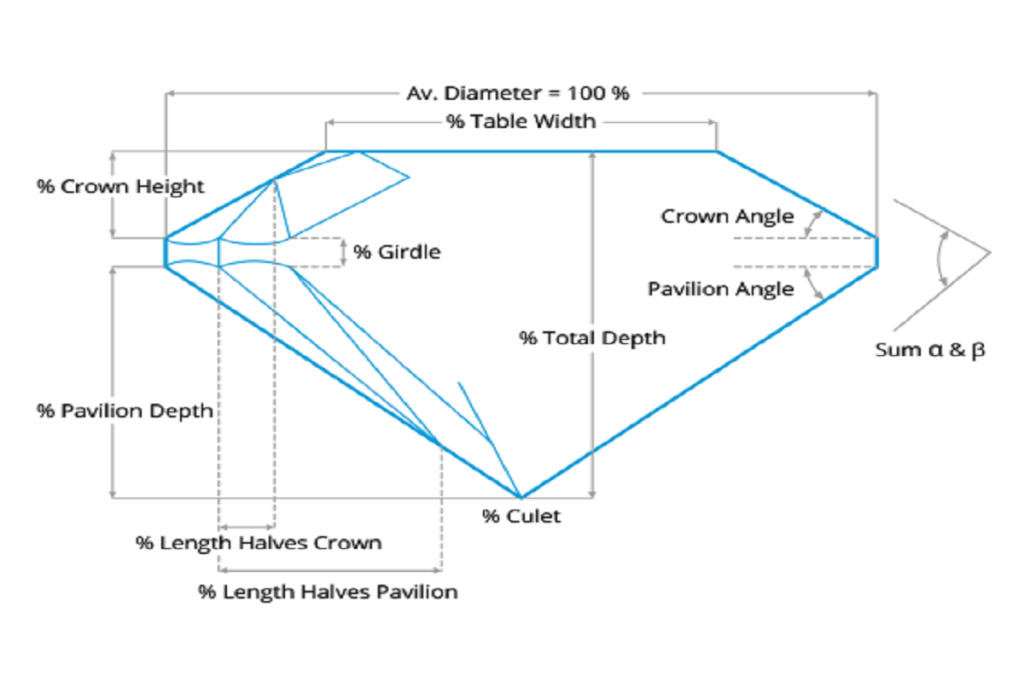
Is HRD Certification Good?
Is HRD certificate good? This can be a tricky question, especially depending on where you would use the certification. Since people buy diamonds for many reasons, one can factor their reason in choosing to buy jewelry that has been certified by different institutions. When comparing diamonds graded by GIA, AGS, IGI, and HRD, many jewelers find that those from the GIA are the most accurate.
What do Jewelers Consider in HRD Diamond Grading Standards?
Apart from the 4Cs that the AGS follows, the HRD adds one more criteria to grade your diamonds on. It also considers the diamond table, which is the surface that one sees when looking at a diamond from above. Part of this criteria also considers the proportions of the diamond, including the width to depth percentage. This does make sense, since some cuts are more valued over others, as they are considered to bring out the optimal brilliance and character of the diamond.
How do I get an HRD certificate?
HRD has a lot of services to ensure that you get the best grading for your diamond. It matches the procedures of other grading labs by providing preliminary reports. However, some jewelry experts noted that the preliminary reports can be quite tricky, because merchants tend to ask for the full report only if the retailer benefits from it. First-time diamond buyers may be disadvantaged by this practice.
What’s in an HRD Diamond Identification Report?
Despite possible controversies, an HRD certification is still accepted as one of the prolific and frequently-used grading standards. So what does an HRD certificate contain? You should expect to see a detailed report on the 4Cs and a plotted diagram of your diamond.
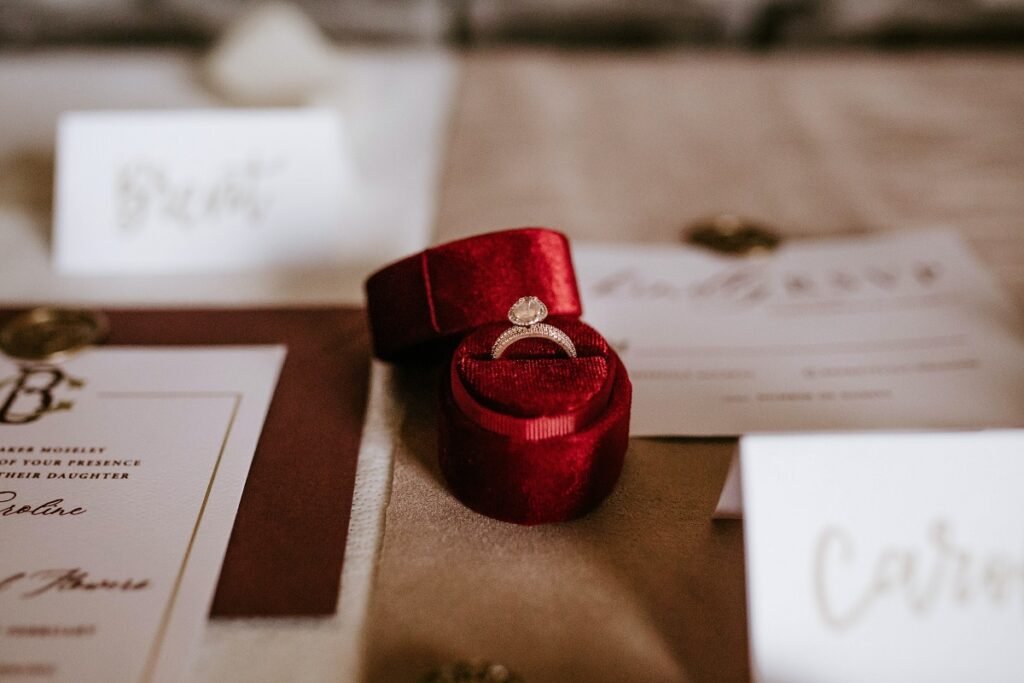
Comparisons: Looking At The HRD Certificate Vs GIA
Due to these issues, it’s not surprising to find comparisons between grading labs left and right. After all, if you are a jewelry aficionado, you would want to validate certifications as well as the credibility of your jewelry.
Checking your certification online
Sometimes, you may receive diamonds as a gift. If you ever get a diamond that has an HRD certification and you want to be secure in the diamond’s authenticity, you can resort to a few simple ways. One, there’s the HRD certificate check online via the official website my.hrdantwerp.com. The site provides a secure, round-the-clock online service to global customers to cross-check for diamond or gemstone grading reports.
Best of all, it’s possible to do an HRD certificate download of your diamond’s report via this website. It’s also good practice, so you can always have peace of mind when it comes to your gemstones.
Better for European diamonds
In the US, there are a number of trusted certifying institutes for diamonds. Two stand out in particular: GIA and AGS. As opposed to this, an HRD certification is more available for those in Europe. In fact, many Americans won’t necessarily actively look for an HRD certification for diamonds bought in the country.
So when can HRD certification benefit you? For starters, if you’re traveling to Europe and happen to purchase a fine jewelry piece there, chances are you’d bring home an HRD certification. That’s because this kind of certification is more prolific and valued in Europe. Buying a legitimate diamond means having documentation for what kind of jewelry it is. It’s also the proof of the authenticity of your diamond.
Think of it as an assurance that the diamond ring that you bought in Europe is legitimate. Regardless if the grading will change if you will have the GIA grade of the said diamond, it still serves as proof that you can use when in Europe.
Innovative technology for grading reports
Innovative technology may be one of HRD’s biggest advantages that it holds over other institutions. HRD uses a lot of new technology, including Lumisense, which makes for more effective color grading. Lumisense serves as the bridge to ensure that the observed color and its actual grading measurement match.
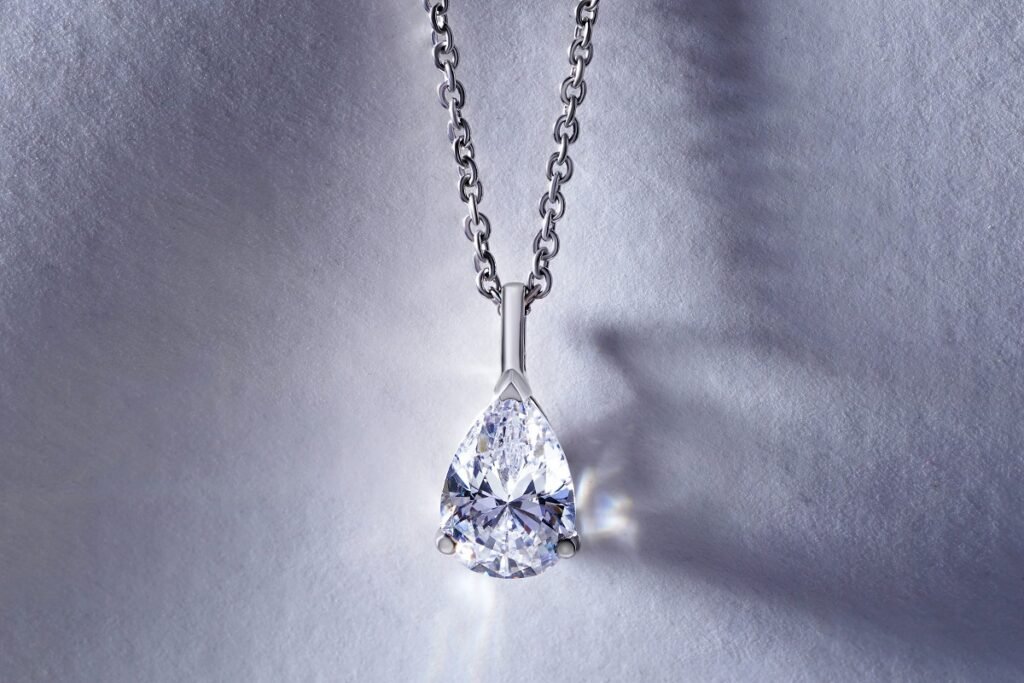
Some issues: Inconsistencies with grading
The HRD may be the defining diamond rating body in Europe. However, putting it side-by-side with other institutions, some inconsistencies make it rank a bit lower. For example, GIA clocks in as the strictest grading institution. Compare this with HRD, which was tagged as the fourth strictest. It ranks behind IGI and EGL USA. Granted, all of these are respectable institutions in their own right and territory.
Other experts also noted that the HRD tends to falter in terms of reliability with its checks and balances. However, the institution appears to have been implementing changes. Perhaps the future holds more promise in terms of improvement and even better quality grading for diamonds.
Importance of Getting Your Diamonds Certified
If you happen to have gotten an heirloom jewelry without its original papers, then you may want to consider having it verified. In these days of inauthentic, unethical, or downright fake jewelry, it pays to have solid proof of what your diamond stands for.
Know the unique characters of your diamond
Real diamonds, and even those that are made in the lab, possess unique qualities all their own. More than just knowing the value of your diamond, you also get to see what kinds of inclusions it possesses. Sometimes, for sentimentality’s sake, you may find that these inclusions actually enhance your diamond’s character, rather than give it flaws.
A step towards investment
Because diamonds are forever, they can make for the perfect investment pieces. Some jewelry owners may not always start out thinking of their jewelry collection as a gateway to investment. But if you ever come to that point, it can be achieved with a little security beforehand.
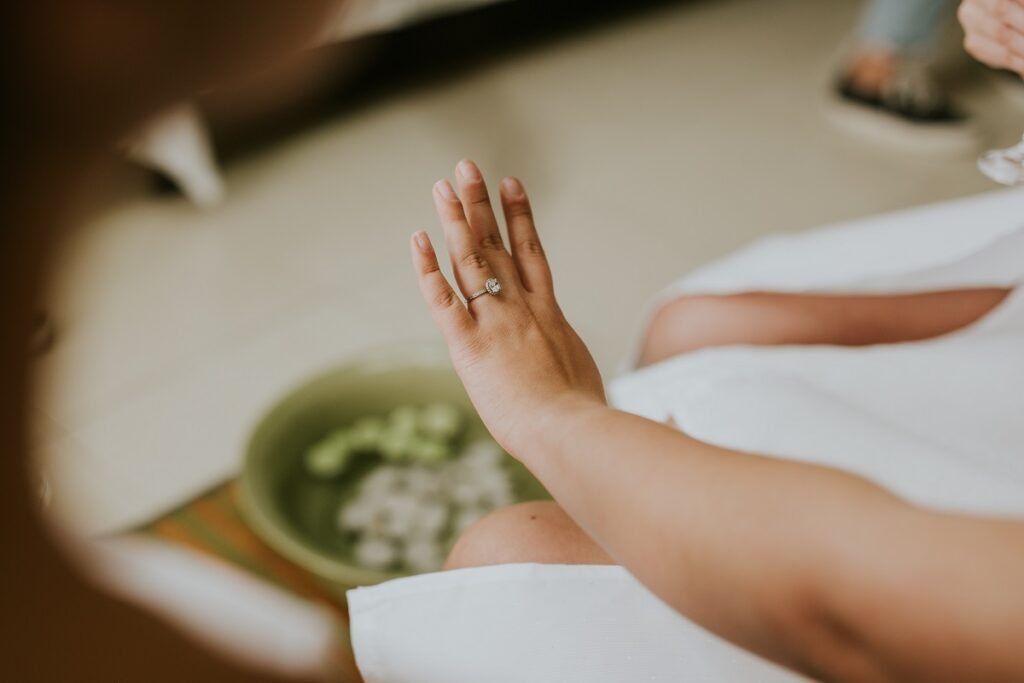
Different from a valuation certificate
As a diamond owner, you may have also heard of a valuation certificate. Just because it pertains to a certificate for your diamond does not mean they reflect the same values. Diamond certificates allude to the characteristics of your diamond. A valuation certificate acts as an assurance of the diamond’s actual monetary value. Sometimes, it can also be used for insurance purposes, depending on your intent.
If you’re looking to grow your collection or if you just want to make sure that your diamonds come from a legitimate source, always opt for paperwork. You never know when it may come in handy in the long run.
Want more tips about the characteristics of your diamond? Read “Worth the Weight: What Diamond Carat Means” so you can better understand your diamond’s uniqueness.
